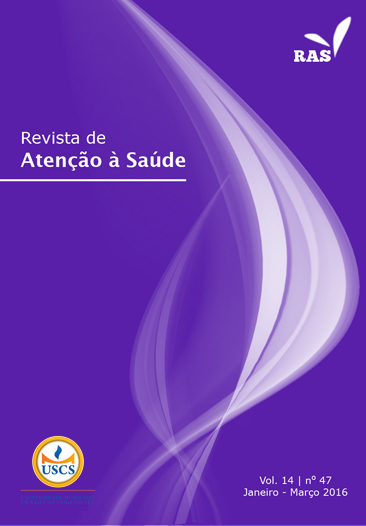Comparision of flexibility levels among elderly women practitioners of located gymnastics and hydrogymnastics
DOI:
https://doi.org/10.13037/ras.vol14n47.3293Keywords:
Flexibility, Exercise, AgingAbstract
Introduction: Physical exercise is an important factor for health promotion, essential for healthy aging.Evidence suggests that engaging in exercise programs prevents and/or minimizes the deleterious effects ofaging. Purpose: To compare the flexibility gain among older practitioners of located gymnastics (GLG)and hydrogymnastics (GH). Method: The sample consisted of 60 elderly women, randomly assignedto three groups: 20 elderly in GLG (65±3.15 years); 20 elderly in GH (65±3.1 years); and 20 elderly inthe control group (CG) (65±3.01 years). The flexibility assessment was made by measuring the range ofmotion in shoulder abduction (AbdS) and hip flexion (HF) movements through the goniometry method.Result: During AbdS, GLG showed 168.16±4.3º, GH 166.74±4.32º, and the GNP group showed136.84±17.79º, demonstrating that GLG and GH data was significantly greater than GNP. In HF, theGLG obtained 79.26±3.72º, GH 80.21±4.59º, and CG 87.63±2.52º; GLG and GH also showed significantdifference compared to the CG. Conclusion: The regular practice of both types of exercise canpromote amplitude gains in the studied joints of elderly women.Downloads
Downloads
Published
2016-02-16
Issue
Section
ARTIGOS ORIGINAIS
License
Policy Proposal for Journals offering Free Delayed Access
Authors who publish in this magazine agree to the following terms:
- Authors maintain the copyright and grant the journal the right to the first publication, with the work simultaneously licensed under a Creative Commons Attribution License after publication, allowing the sharing of the work with recognition of the authorship of the work and initial publication in this journal.
- Authors are authorized to assume additional contracts separately, for non-exclusive distribution of the version of the work published in this magazine (eg, publishing in institutional repository or as a book chapter), with the acknowledgment of the authorship and initial publication in this journal.
- Authors are allowed and encouraged to publish and distribute their work online (eg in institutional repositories or on their personal page) at any point before or during the editorial process, as this can generate productive changes, as well as increase impact and citation of the published work (See The Effect of Open Access).









